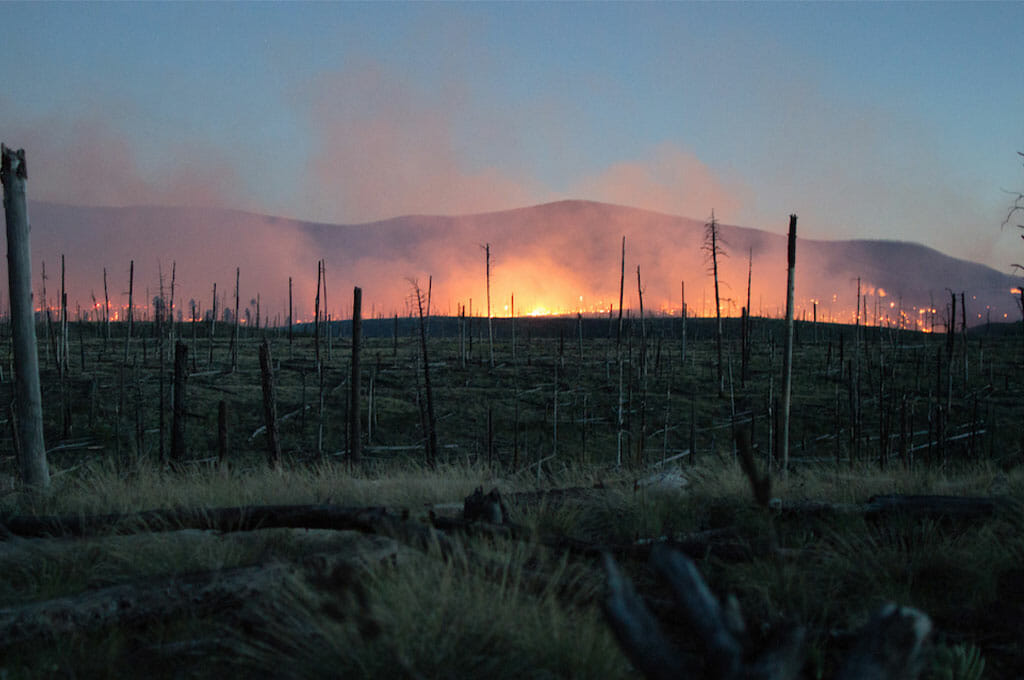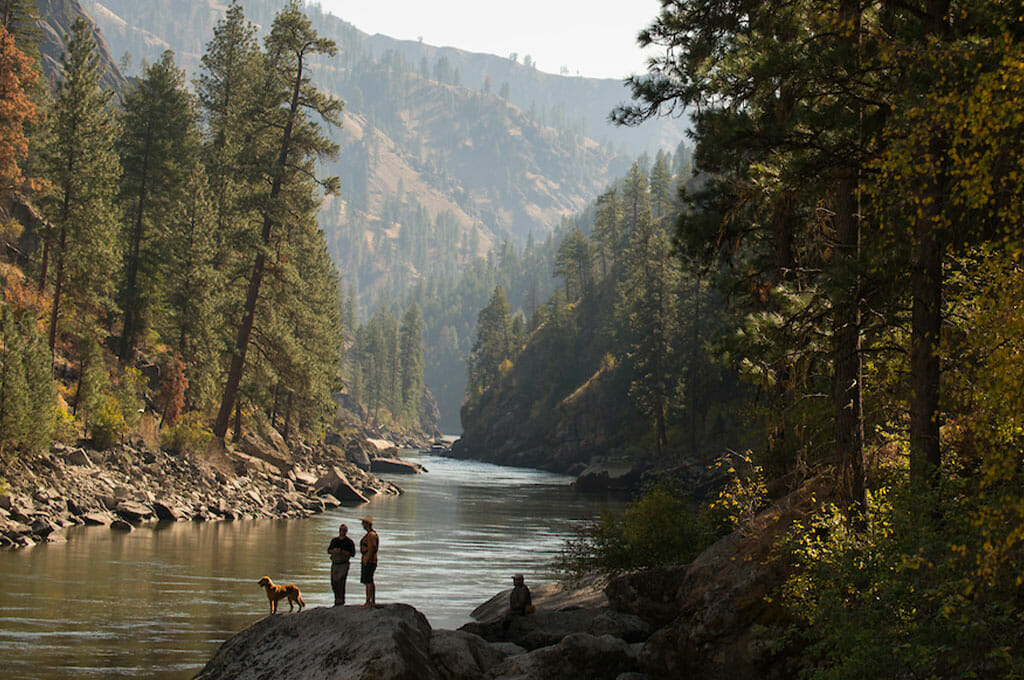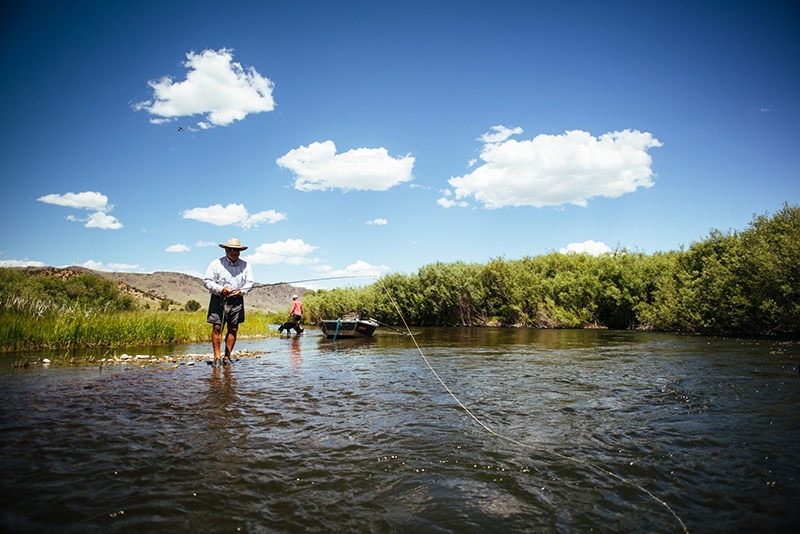Our nation’s forests remain a valuable source of clean water for communities across the country. These forest lands provide habitat for fish and wildlife, recreational opportunities for hunters, anglers and outdoor enthusiasts, and can be a sustainable source of jobs and revenue for local communities. Unfortunately, a century of fire suppression coupled with climate change have left many of our forests vulnerable to uncharacteristic wildfires.
Natural disturbances such as wildfire are a necessary component of all ecosystems and trying to prevent all wildfires is neither feasible or healthy for forests. Wildfires can be both harmful and beneficial to coldwater fish habitat, with effects that may differ in the short and long term. Trout Unlimited supports science-based management of our public lands to better conserve and restore habitat and watershed health. When and where appropriate, these actions may include timber harvest and fire as tools to prevent uncharacteristic wildfire and reduce hazardous fuels. However, there is no single, universal solution to improve the health of our forests.

On-the-ground conditions, drought frequency, climate conditions, and natural forest fire regimes vary considerably from one forest region to another. This is not something we can fix with a one-size-fits-all policy of dramatically increasing timber harvest or simply letting nature take its course. Sound land management is watershed-specific, science-based and accounts for forest conditions and actions specific to a watershed that are necessary to build resiliency.
Responsible forestry is about more than reducing hazardous fuels and should also be accompanied by actions that improve the resiliency of trout and salmon populations, such as removing non-native species, increasing connectivity and addressing existing habitat degradation. Doing so will help to mitigate the short-term effects of forest management activities, lessen wildfire impacts and help to build long term resiliency of these trout and salmon populations.

Moreover, in watersheds with healthy, intact coldwater habitats, the benefits of forest treatments must be weighed against the risk of introducing new habitat stressors (e.g., roads, invasive species). In many backcountry areas the best management actions are no actions at all, such as protecting our last remaining roadless areas.
Nothing is simple about fire and forest management and only one generalization can be made: It’s complicated. There are no easy answers and restoring our forests and watersheds is an immense challenge, but it is a challenge that can bring stakeholders together to chart a course of collaborative stewardship for the next century.


